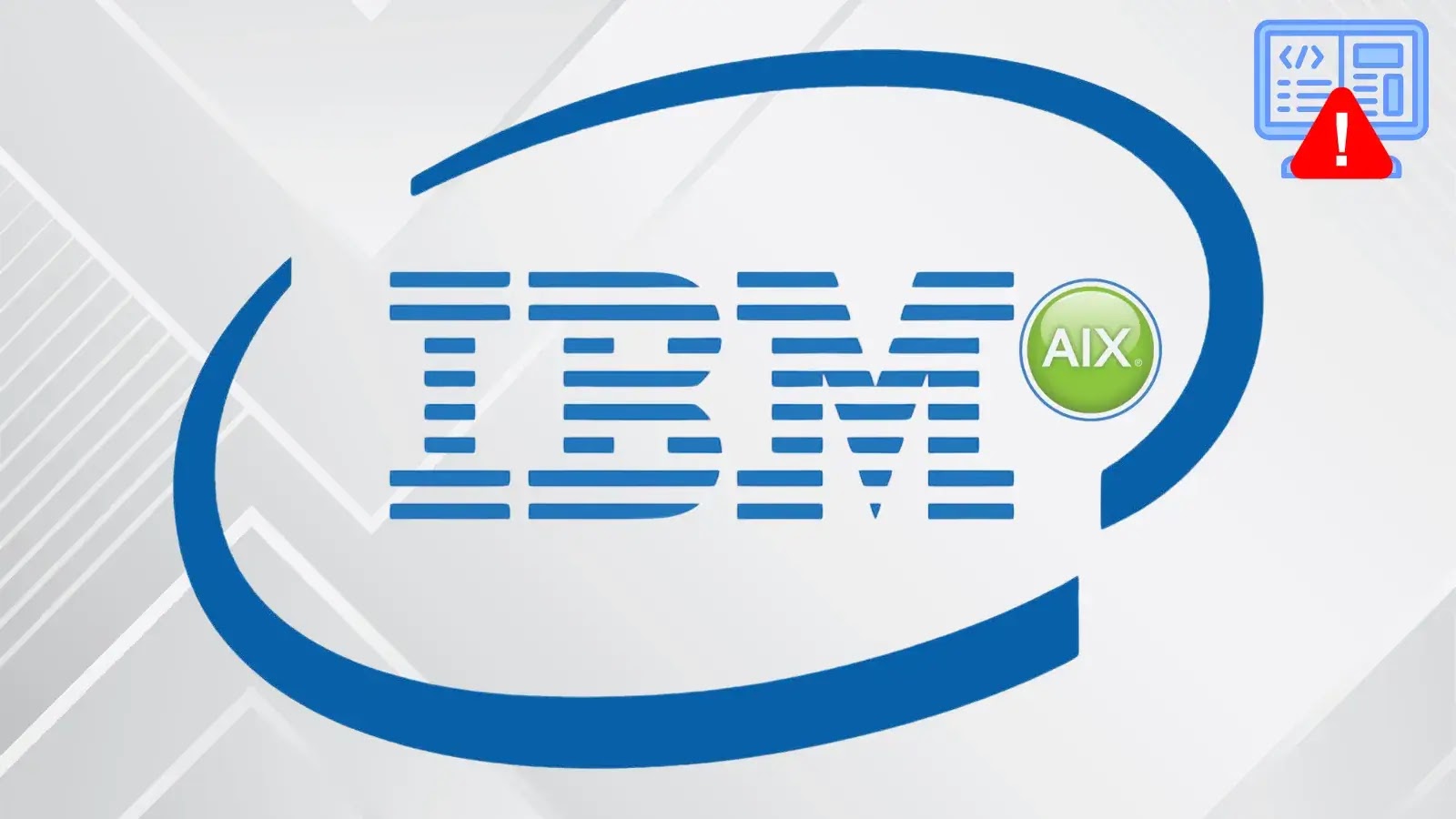Critical IBM AIX Vulnerabilities Expose Systems to Remote Command Execution
IBM has recently addressed two critical security vulnerabilities in its AIX operating system that could allow remote attackers to execute arbitrary commands on affected systems. These flaws, identified as CVE-2025-36250 and CVE-2025-36251, stem from improper process controls within essential AIX services.
Overview of the Vulnerabilities
The first vulnerability, CVE-2025-36250, affects the Network Installation Management (NIM) server service, also known as nimesis. This flaw has been assigned a CVSS base score of 10.0, indicating the highest level of severity. It allows remote attackers to execute arbitrary commands without requiring authentication or user interaction, potentially leading to full system compromise.
The second vulnerability, CVE-2025-36251, impacts the nimsh service and its SSL/TLS implementations. With a CVSS base score of 9.6, this flaw enables remote attackers to bypass security controls and execute unauthorized commands. Similar to the first vulnerability, it requires network access but no authentication or user interaction.
Technical Details
Both vulnerabilities are classified under CWE-114: Process Control, which pertains to improper management of processes and their permissions. Exploitation of these flaws could result in unauthorized data access, modification, and denial-of-service attacks.
These vulnerabilities are related to previously addressed issues, CVE-2024-56346 and CVE-2024-56347, suggesting that earlier patches may not have fully mitigated all exploitation paths. This underscores the necessity for organizations to apply the latest security updates promptly.
Affected Systems
The vulnerabilities affect IBM AIX versions 7.2 and 7.3, including systems running on Virtual I/O Server (VIOS) environments. Specific affected filesets include:
– bos.sysmgt.nim.client
– bos.sysmgt.nim.master
– bos.sysmgt.sysbr
Organizations can determine if their systems are vulnerable by checking the installed filesets using the AIX command:
“`shell
lslpp -L | grep -i bos.sysmgt.nim.client
“`
IBM’s Response and Recommendations
IBM has released security patches to address these vulnerabilities. The company has assigned specific Authorized Program Analysis Reports (APARs) to track the fixes:
– For AIX 7.2.5: APAR IJ53757 (SP10)
– For AIX 7.3.1: APAR IJ53929
– For AIX 7.3.2: APAR IJ53923 (SP04)
– For AIX 7.3.3: APAR IJ53792 (SP01)
Security patches are available for download from IBM’s security fix portal. The company has provided interim fixes for both NIM clients and NIM masters across various AIX technology levels.
System administrators are advised to verify the integrity of downloaded fixes using the provided SHA-256 checksums or OpenSSL signatures. IBM recommends creating a mksysb backup of systems before applying patches.
Given the critical nature of these vulnerabilities, IBM strongly recommends that all affected organizations apply security updates immediately to mitigate the risk of potential attacks.
Implications for Organizations
IBM AIX is widely used in critical applications across sectors such as finance, banking, healthcare, and telecommunications. Successful exploitation of these vulnerabilities could have wide-ranging consequences, including data theft, service disruption, or lateral movement within networks.
Organizations should also consider implementing network segmentation and restricting access to NIM and nimsh services to trusted networks as temporary mitigation measures. Security teams should monitor for unusual activity and use tools to detect potential attacks.
These vulnerabilities highlight the importance of maintaining current patch levels on critical infrastructure components. Organizations dependent on IBM AIX should establish regular security update procedures and closely monitor IBM security advisories for emerging threats.
Conclusion
The discovery of CVE-2025-36250 and CVE-2025-36251 underscores the ongoing need for vigilance in cybersecurity practices. Organizations utilizing IBM AIX must act swiftly to apply the necessary patches and review their security protocols to safeguard against potential exploits.



